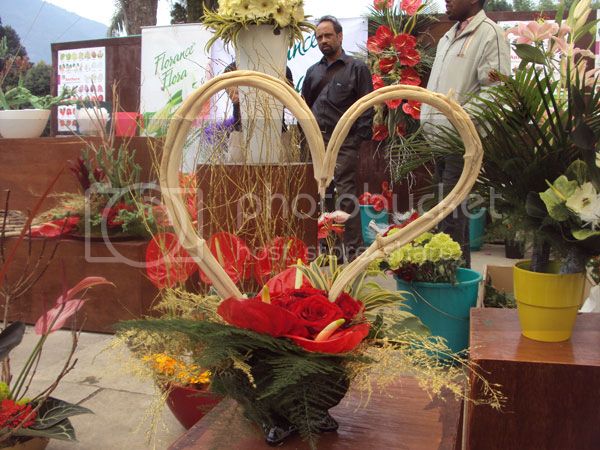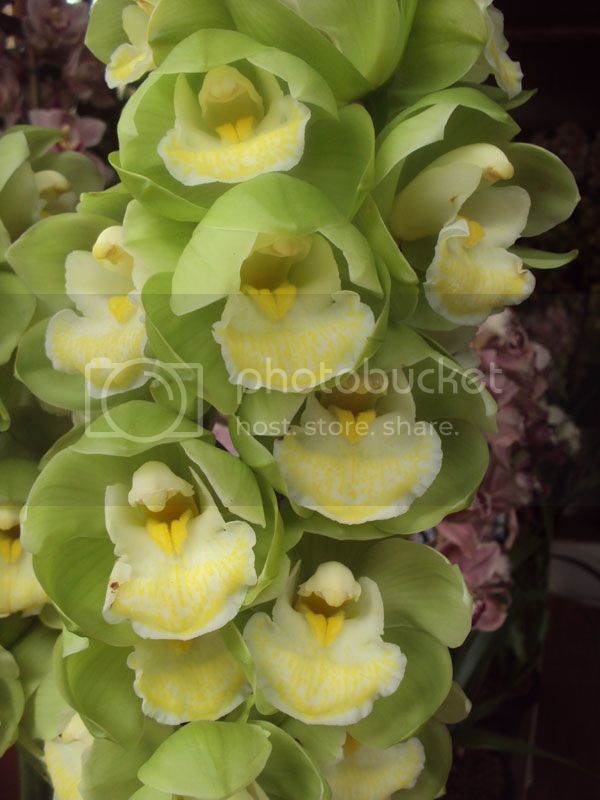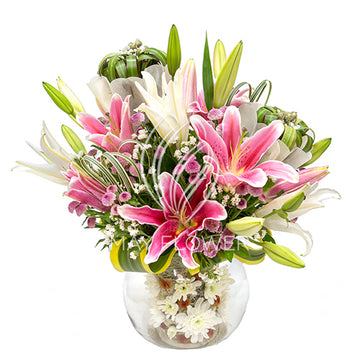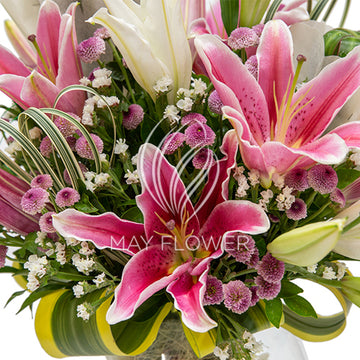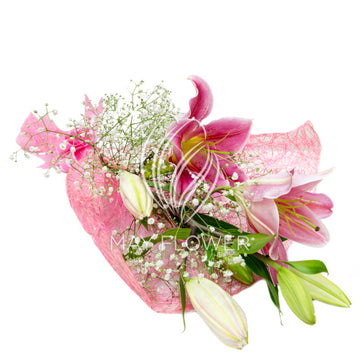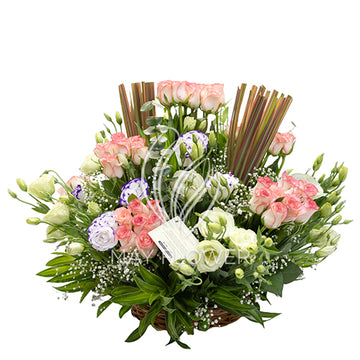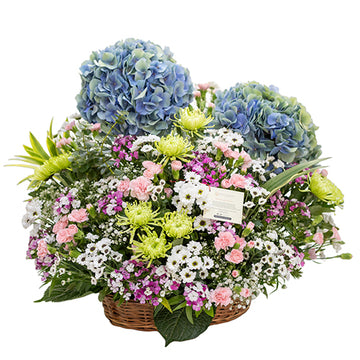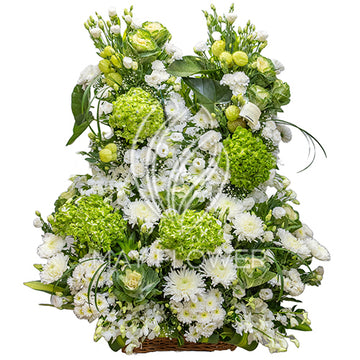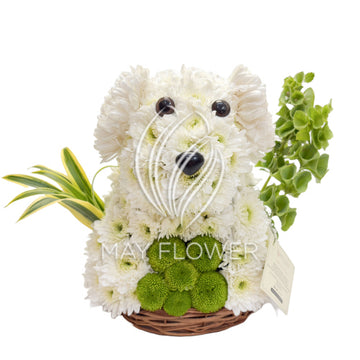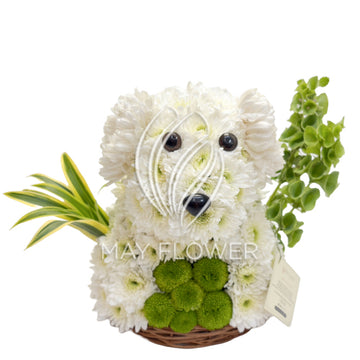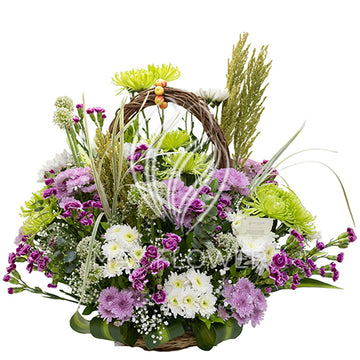Sikkim International Flower Show 2013
Flora and Fauna
Sikkim is situated in an ecological hotspot of the lower Himalayas, one of only three among the ecoregions of India. The forested regions of the state exhibit a diverse range of fauna and flora. Owing to its altitudinal gradation, the state has a wide variety of plants, from tropical species to temperate, alpine and tundra ones, and is perhaps one of the few regions to exhibit such a diversity within such a small area. Nearly 81% of the area of Sikkim comes under the administration of its forest department.
Sikkim is home to around 5,000 species of flowering plants, 515 rare orchids, 60 primula species, 36 rhododendron species, 11 oak varieties, 23 bamboo varieties, 16 conifer species, 362 types of ferns and ferns allies, 8 tree ferns, and over 424 medicinal plants. A variant of the Poinsettia, locally known as “Christmas Flower”, can be found in abundance in the mountainous state. The orchid Dendrobium nobile is the official flower of Sikkim, while the rhododendron is the state tree.
Orchids, figs, laurel, bananas, sal trees and bamboo grow in the Himalayan subtropical broadleaf forests of the lower altitudes of Sikkim. In the temperate elevations above 1,500 metres (4,900 ft) there are Eastern Himalayan broadleaf forests, where oaks, chestnuts, maples, birches, alders, and magnolias grow in large numbers, as well as Himalayan subtropical pine forests, dominated by Chir pine. Alpine-type vegetation is typically found between an altitude of 3,500 to 5,000 metres (11,500 to 16,000 ft). In lower elevations are found juniper, pine, firs, cypresses and rhododendrons from the Eastern Himalayan subalpine conifer forests. Higher up are Eastern Himalayan alpine shrub and meadows, home to a broad variety of rhododendrons and wildflowers.
The red panda is the state animal of Sikkim.The fauna of Sikkim include the snow leopard, the musk deer, the Himalayan Tahr, the red panda, the Himalayan marmot, the serow, the goral, the barking deer, the common langur, the Himalayan Black Bear, the clouded leopard, the Marbled Cat, the leopard cat, the wild dog, the Tibetan wolf, the hog badger, the binturong, the jungle cat and the civet cat. Among the animals more commonly found in the alpine zone are yaks, mainly reared for their milk, meat, and as a beast of burden.
The avifauna of Sikkim include of the Impeyan pheasant, the crimson horned pheasant, the snow partridge, the snow cock, the lammergeyer and griffon vultures, as well as golden eagles, quail, plovers, woodcock, sandpipers, pigeons, Old World flycatchers, babblers and robins. Sikkim has more than 550 species of birds, some of which have been declared endangered.
Sikkim also has a rich diversity of arthropods, many of which remain unstudied; the most studied Sikkimese arthropods are butterflies. Of the approximately 1,438 butterfly species found in the Indian subcontinent, 695 have been recorded in Sikkim. These include the endangered Kaiser-i-hind, the Yellow Gorgon and the Bhutan Glory.
The Government of Sikkim has decided to organize the 2nd International Flower show from 23-27 February 2013. The Horticulture & Cash Crops Development Department will be the Nodal Department for organizing the event.
The main objectives of organizing Sikkim International Flower Show 2013 are:-
To showcase the floral potential of Sikkim.
To promote Floriculture Industry in Sikkim.
To provide Flower growers of Sikkim an International Exposition for understanding the Global trend of Floriculture Development and Flori-business.
To keep pace with the advancement of World Floriculture.
To highlight Sikkim as a Floriculture State / destination.
To promote Tourism in Sikkim.
FLOWERS
Different species of flowers such as Cymbidium Orchids, Roses, Zentedeschia, Lilium, Gerbera, Seasonal Flowers viz. Ceneraria, Petunia, Flux, Primula, Calendula etc. will be displayed on benches and in gardens as potted plants or live plants.
VEGETABLES
Different vegetables potted plants as well as harvested crop will be displayed.
SPICES
Spices crops like Large Cardamom (Cardamomum Subulatum) which is the native crop of Sikkim will be displayed as live plants and harvested capsules. Ginger and turmeric, which are also important cash crops of the states, will be displayed as harvested fresh rhizomes.
ROOT AND TUBER
Crops like yam, cassava, potato, sweet potatoes are being grown by the small and marginal farmers of the state for their consumption as sometimes as staple food and also as snacks. The root and tuber of these crops will be displayed during the event.
TOOLS, EQUIPMENT, & ORGANIC INPUTS
The firms and companies dealing with important tools and equipment used in Agricultural purposes will be invited for displayed in the stall provided to them. Similarly, organic manure and bio-pesticides available in the country and as well as in the international market will also be displayed.
BAMBOOS & MUSHROOMS
It is proposed to display a set of live species of bamboos during the event. Fruiting mushroom blocks of different species will also be kept for display.
In order to benefit the farmers and visitors, the organizing committee has decided to distribute package of practices of different crops as leaflets and pamphlets during the entire show.
The 1st International FloriShow 2008 saw more than 1 Lakh visitors attending to see the floriculture potential of the state. The event was participated by 22 International Companies, 65 National private companies and 15 State Government Agencies. International FloriShow 2008 was considered as a herculean step in the showcase of Floriculture development in the country. In this retrospect, the 2nd International Flower Show 2013 has an enormous probability of attracting approximately 2 Lakhs visitors from all over the state, neighboring states and other countries as well. The targeted audience include guest officers of the State and Central Government, farmers from within and outside the state, students from school and colleges, local gentries, and tourists.
Source: Sikkim International Flower Show
More such articles and flowers mentioned in this blog are available on May Flower.


